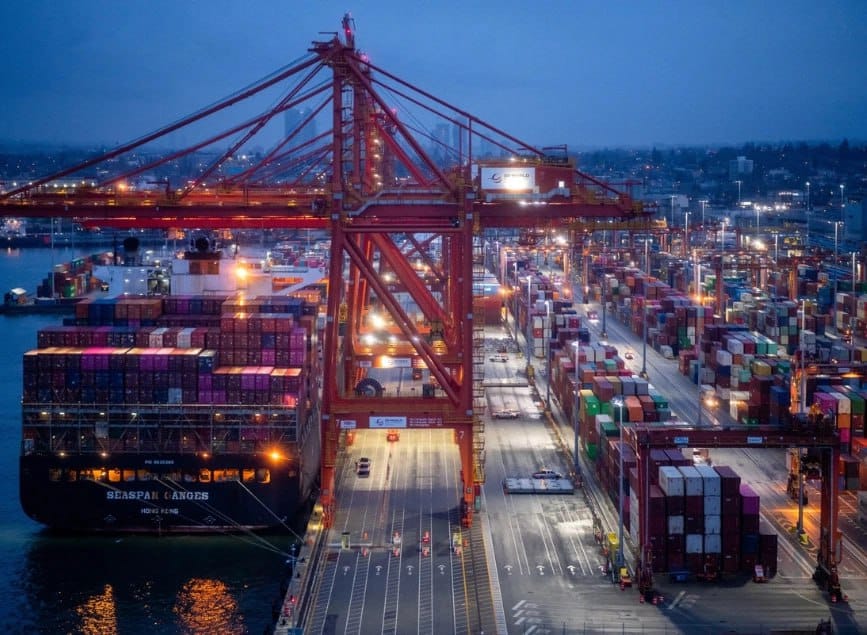
New Zealand Balance of Trade
In September 2024, New Zealand reported a trade deficit of NZ$2.1 billion, which marks an improvement from the NZ$2.4 billion deficit recorded in the same month last year. This positive shift highlights a dynamic trade landscape driven by significant changes in both exports and imports.
Strong Export Growth
On the export side, New Zealand saw a robust increase of 5.2%, with total exports reaching NZ$5.01 billion. This growth was largely fueled by remarkable gains in several key sectors, including a staggering 105% increase in fruit exports, a 15% rise in dairy products, a 7.3% increase in wood products, and a 12% growth in machinery. The impressive surge in fruit exports stands out as a testament to the strong demand for New Zealand’s agricultural products in international markets, reflecting not only the quality of these goods but also the effectiveness of the country’s export strategies.
Decline in Imports
In contrast to the growth in exports, imports experienced a slight decline of 0.9%, totaling NZ$7.1 billion. This downturn in imports saw notable decreases in several categories, such as a dramatic 41% drop in vehicle parts, a 21% decrease in petroleum, a staggering 56% fall in cereals, and an 18% reduction in fodder. These declines suggest a potential slowdown in domestic demand for these goods, particularly within the automotive and energy sectors. The contraction in imports could also be indicative of broader economic trends, such as shifting consumer preferences or adjustments in production practices within New Zealand. Despite the decline in imports, the trade figures reveal a healthy export performance that has managed to counterbalance the downturn.
Key Trade Partners
New Zealand’s top export destinations remain China, Australia, and the United States, while its primary import partners include China, the European Union, and Australia. This robust trading relationship with these countries plays a crucial role in New Zealand’s economy, as these partners provide significant markets for New Zealand’s goods while also supplying essential imports. The balance of trade figures demonstrates that while New Zealand is successfully exporting its agricultural and manufactured products, it is also reliant on imports for various goods, emphasizing the interconnectedness of global trade.
Conclusion: A Positive Shift in Trade Dynamics
In conclusion, the narrowing of New Zealand’s trade deficit in September 2024, combined with significant export growth, suggests a positive shift in the country’s trade dynamics. While imports have decreased, the surge in key export sectors, particularly agriculture, bodes well for the economy and provides a foundation for future growth. As New Zealand continues to navigate the complexities of global trade challenges, maintaining strong export performance will be essential for ongoing economic stability and prosperity in the coming months.
Share
Hot topics

Federal Reserve’s Challenges to Trump’s New Policies
As the Federal Reserve Open Market Committee (FOMC) prepares for its upcoming meeting, all eyes are on how the Fed will respond to Donald Trump’s latest economic policies. With the...
Read more




Submit comment
Your email address will not be published. Required fields are marked *